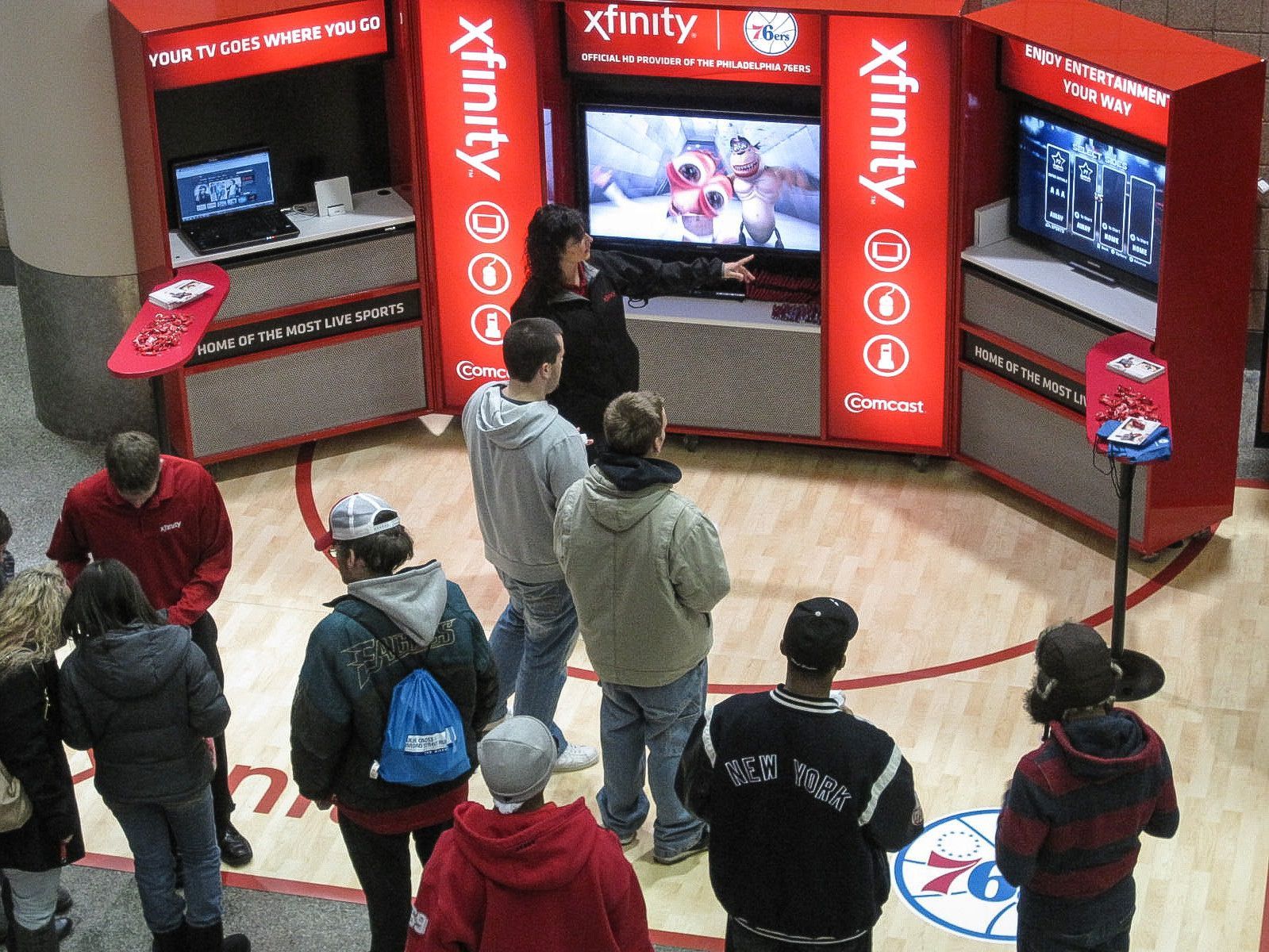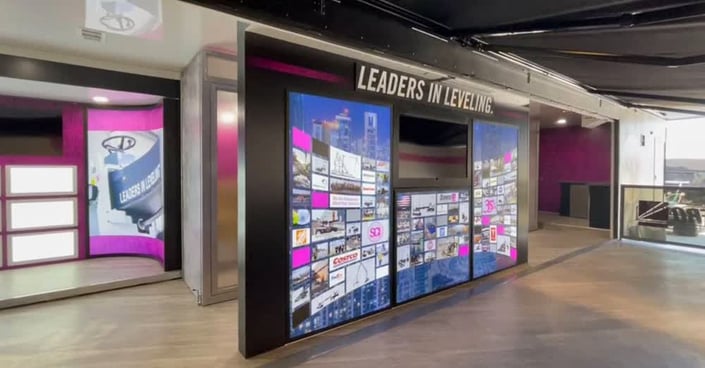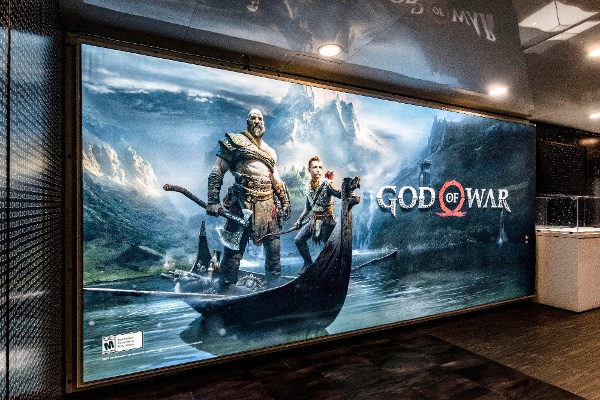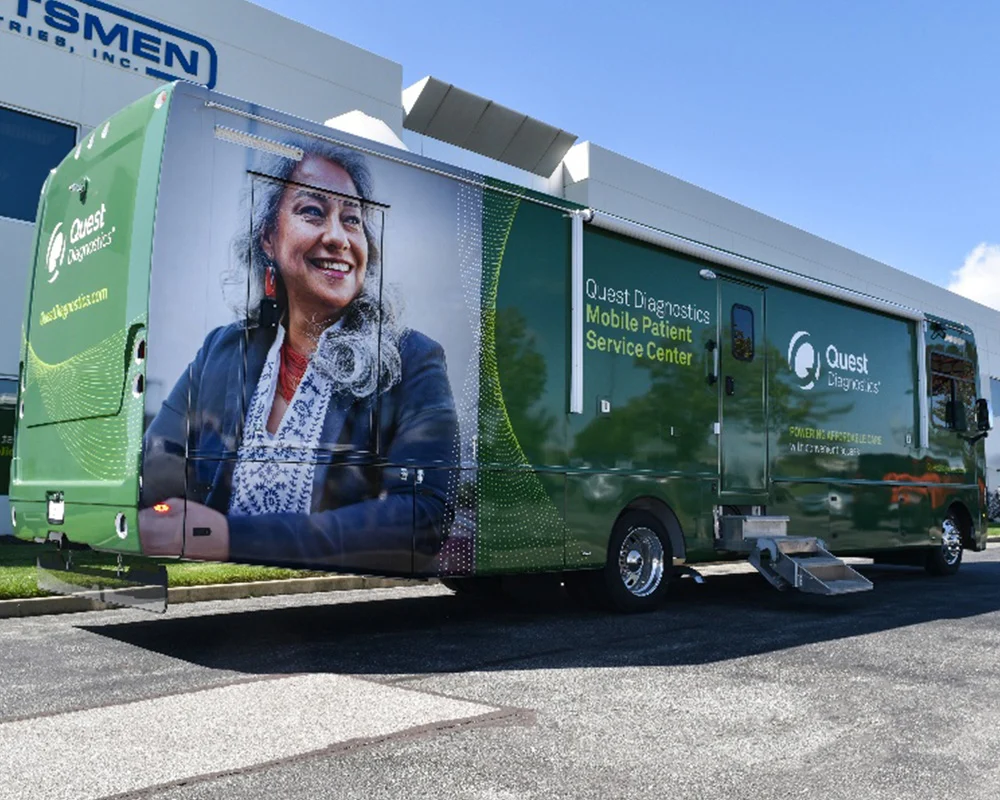5 Things to Know About SEG (Silicone Edge Graphics)
Silicone Edge Graphics (SEG) are a seriously impressive way for companies and brands to display images, promotions and ads seamlessly in their...


Companies from all over gather to showcase their products and services in large convention centers. These trade shows are a boon for those looking to buy as well as those looking to sell. There is no other venue where you can meet directly with representatives from so many potential business partners. Some businesses spend up to one-third of their yearly advertising budget on their trade show booth, samples, and printed copy for the show because this one week can bring more customers than the whole rest of the year.
With so much riding on a single event, now is the time to get your advertising right. Designing an eye-catching display with graphics, lighting, and the right blend of information is vital to making sales. Your display may very well determine how many people come into your booth and how many deals you can close.
Most vendors come to a trade show looking for a specific product or service. Because their time is limited, they plan which booths they will visit, as well as the best route to take to see companies A, B, and C. You may not be on their list, but if your exhibit grabs their attention enough to distract them on the way, you can become their most fruitful diversion of the day.
The purpose of each graphical element dictates its size and design. Most graphical elements can be divided into three basic categories based on the visual range they target.
The colors you use in your trade show graphics set the tone for your whole booth. In large part, it also determines what type of person you are likely to draw in. Whether we realize it or not, our brains associate different emotions and feelings with different colors. This subconscious perception explains why many companies choose the colors they do for their logos, décor, and signage. Our previous blog post on the psychology of color goes into more detail on this subject.
Balancing and matching complimentary colors can draw in your desired audience and create a comfortable atmosphere as well. You should limit your color selection to two or three colors at most to avoid overwhelming onlookers with your colorful array. Bright colors work well to draw attention to important elements such as your logo or a popular product. They are also great for getting people to notice your long-range signs and advertising. However, viewed up close, they can be overwhelming. Choosing a combination of subdued colors can have the opposite effect, allowing you to blend into the background and miss opportunistic business.
The placement of your trade show graphics within the booth should create a natural flow. In the Western world, people tend towards viewing displays from left to right. Positioning the displays you want them to view on the left-hand side of your booth presents information in a natural progression. As they move through your displays from left to right, you can lead them on a journey to discover what you and your company are all about.
Within the flow, there should be a graphical hierarchy as well. You can emphasize logos and key products using color, lighting, and increasing their size. Your graphics should clearly and simply communicate your message. Sales representatives and brochures are icing on the cake for interested buyers.
Is your company sophisticated, environmentally conscious, casual, traditional, or playful? Do your products appeal to younger audiences or adults? The design and materials that you use in your booth should reflect the answers to these questions. The graphics you display, the materials they are printed on, and the shapes you use all tell potential customers about your company.
If you understand the demographics you are selling to, you can use design choices to showcase the characteristics of your company that will appeal to your audience. Font and color choices are especially useful in portraying personality and culture, as long as it is easily readable. Fancy, cursive fonts can backfire if your customers have trouble reading them.
Designing the perfect trade show display requires more than just graphic design skills. To reach the right audience and advertise your product in the most effective manner, you need a keen grasp of what you are hoping to sell and to whom it will appeal. Design your display so that it is unique, eye-catching, and viewer-friendly. You will draw them in because they are curious, and they'll stay because they are comfortable exploring and are interested in learning more.

Silicone Edge Graphics (SEG) are a seriously impressive way for companies and brands to display images, promotions and ads seamlessly in their...

Mobile medical coaches are a highly effective innovation in the healthcare industry, designed to aid underserved communities. With numerous...

Designing a mobile medical vehicle extends beyond simply converting a trailer or RV into a clinic; it involves engineering a space that delivers...